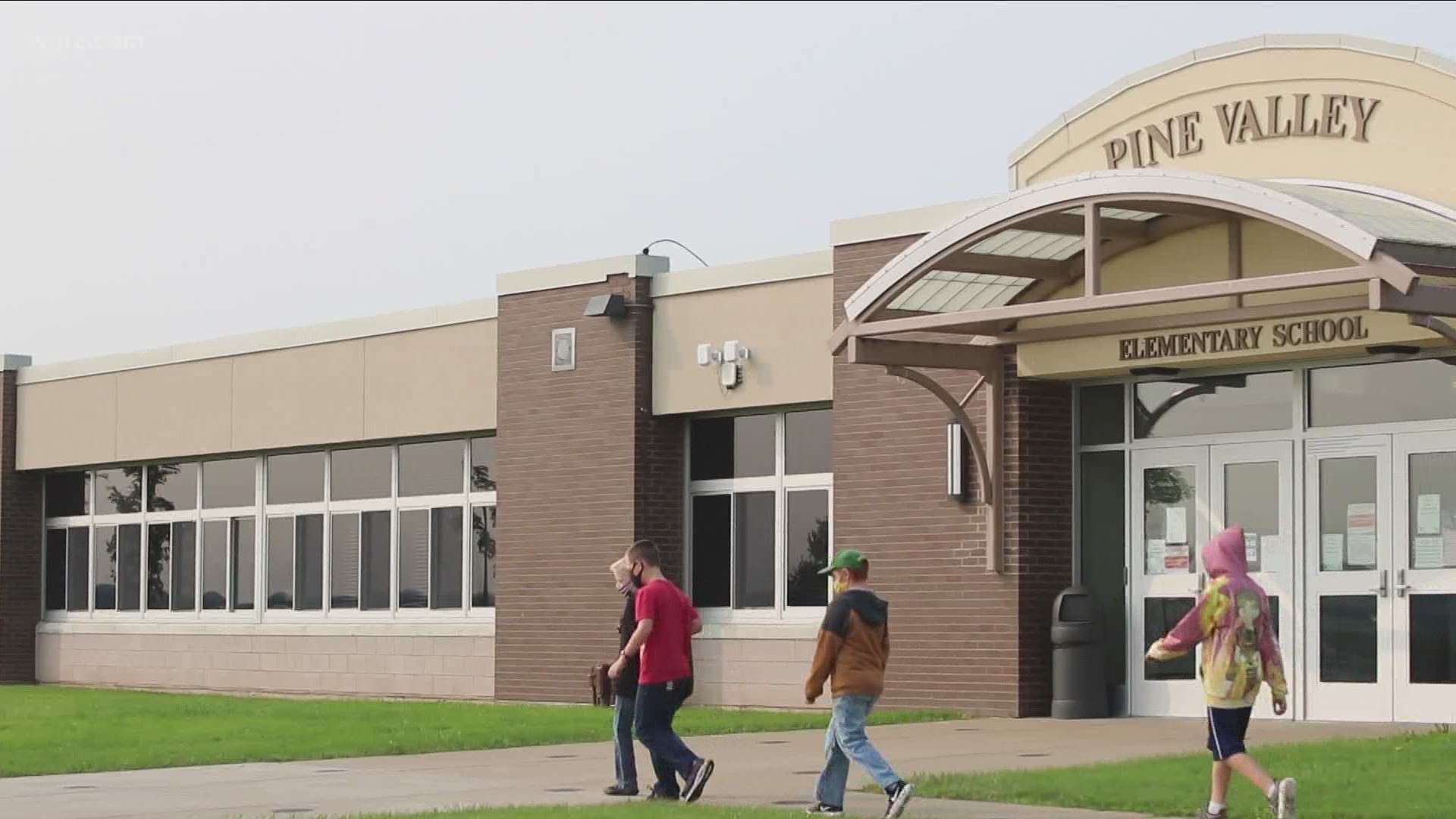CHERRY CREEK, N.Y. — What is a teacher supposed to do when their student doesn't have broadband access at their house to complete their school work?
"Having them not have the tools they need, when all we all want is to give kids everything we can, is really frustrating," Superintendent Bryna Moritz Booth said.
Booth is the superintendent at the Pine Valley Central School District. While you will see the occasional horse and buggy on the road, the Pine Valley School district consists mostly of farmers, loggers, and your typical Western New York blue-collar family.
"We have beautiful land in our district and a really hardworking, very devoted community to our school," Booth said.
Booth said school events are a big deal in the area. Whether it be the annual holiday concert performed by the school choirs or weekly sporting events, people turn out.
Approximately 500 students are in the district. As of this report, the district is able to have students in the classroom four days a week. But if school leaders have learned anything, it's that the pandemic can change any game plan overnight.
When the pandemic first hit, the school administrators conducted a survey and connected with every single household in the district.
"We ascertained from that survey that 31% of our district cannot get internet," Booth says. "That's 130 families."
That's 130 families, out of 500.

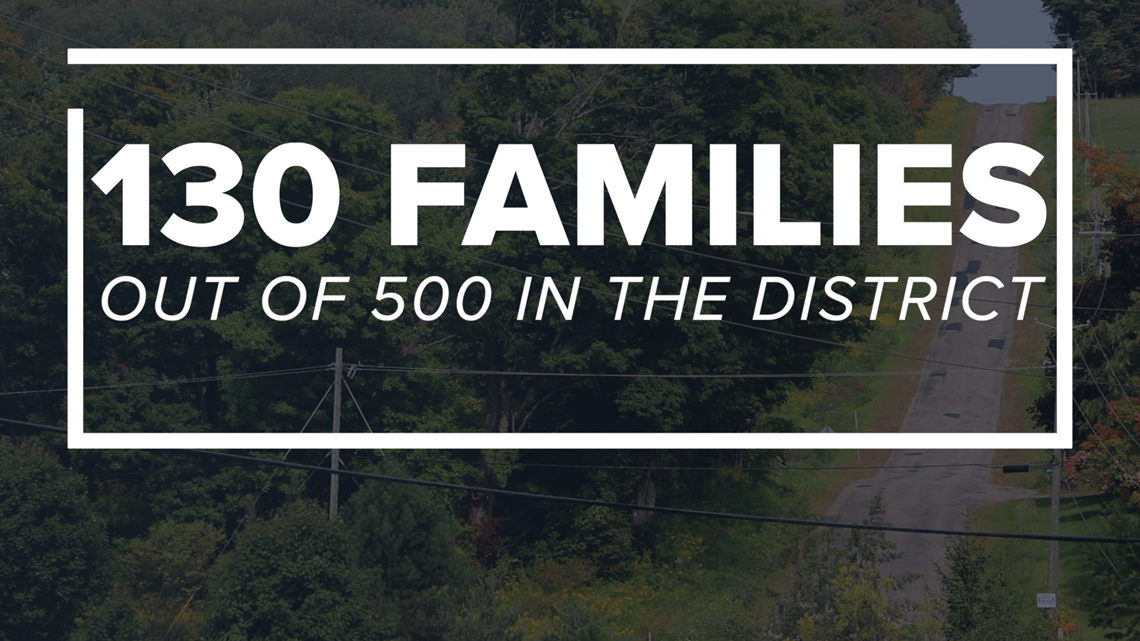
"Based on the survey, we then went street by street with the different internet providers. Our Director of Technology actually called them and sat on the phone, going street by street, address by address, trying to figure out what solutions we could figure out for each family," Booth said.
According to Booth, service representatives from Charter/Spectrum, and Verizon said the system in the district is near capacity, and adding more Wi-Fi devices to the networks will result in slower service for everyone.
The Pine Valley School District encompasses about 120 square miles of terrain. It's almost two and a half times the size of the city of Buffalo.

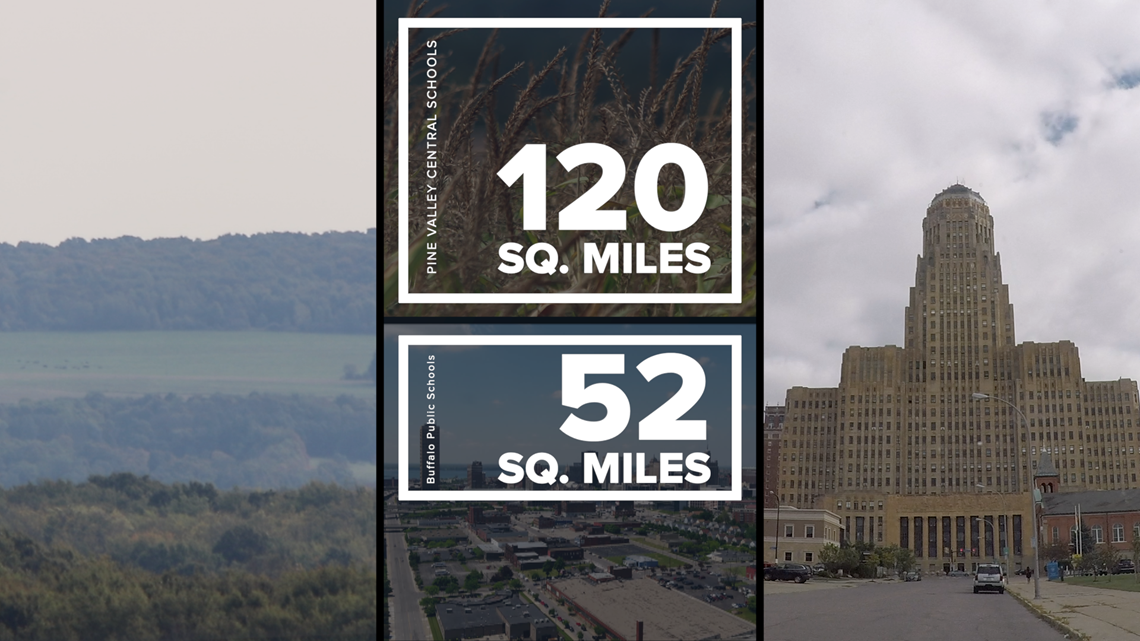
"Even with hot spots to some of these homes, we realized that we weren't going to be able to get them internet," Booth said.
In the spring, when learning went remote, the district bought hundreds of USB drives, downloaded lessons onto the drives, then deliver them to students.
But that’s not a solution long-term solution. A solution was supposed to be delivered by the end of 2018 when the New York State Broadband Program, which promised hi-speed internet to every corner of the state, was scheduled to be finished.
The following municipalities sit within the Pine Valley Central School District and were awarded New York State broadband funds:

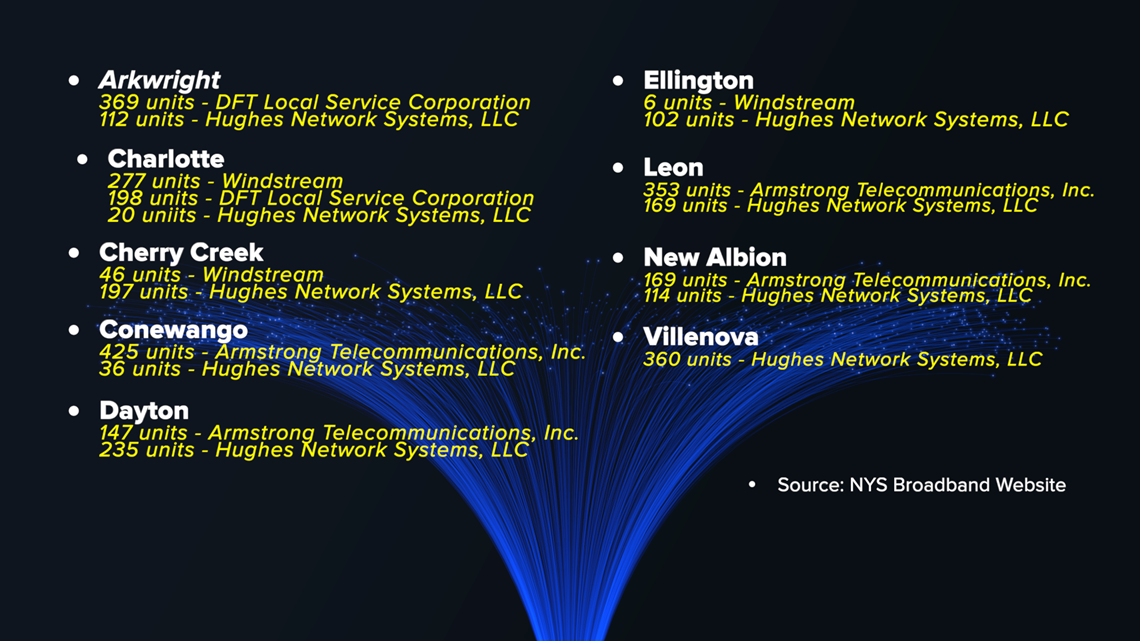
Half of the broadband projects awarded in the district went to satellite internet companies, which doesn’t offer reliable high-speed broadband. The other projects are unfinished and won’t be completed until 2021, possibly later from what sources tell 2 On Your Side.
"I think the issue that we're all struggling with as superintendents is, how do we fix this?" Booth said. "I don't see an easy solution for it."
Pine Valley isn’t the only rural district in Western New York dealing with this problem.
The Cuba-Rushford Superintendent told 2 On Your Side via email over the summer that they worked to install public Wi-Fi hot spots in their district, but still a minimum of 10% of the district lack access.
The Springville superintendent told WGRZ that students were quickly burning through mobile data allowances while remote learning.
The Newfane superintendent echoed that sentiment.
As 2 On Your Side reported in July, an analysis by common sense media estimated that 700,000 students in New York state lacked adequate broadband. During the summer, the state education department conducted a digital equity survey for each of the districts in the state.
"We got no response from the survey, we have no idea where the data went or what it was used for," Booth said.
"In the meantime, a third of Superintendent Booths students are learning without broadband, providers aren’t offering solutions, and the state is silent.

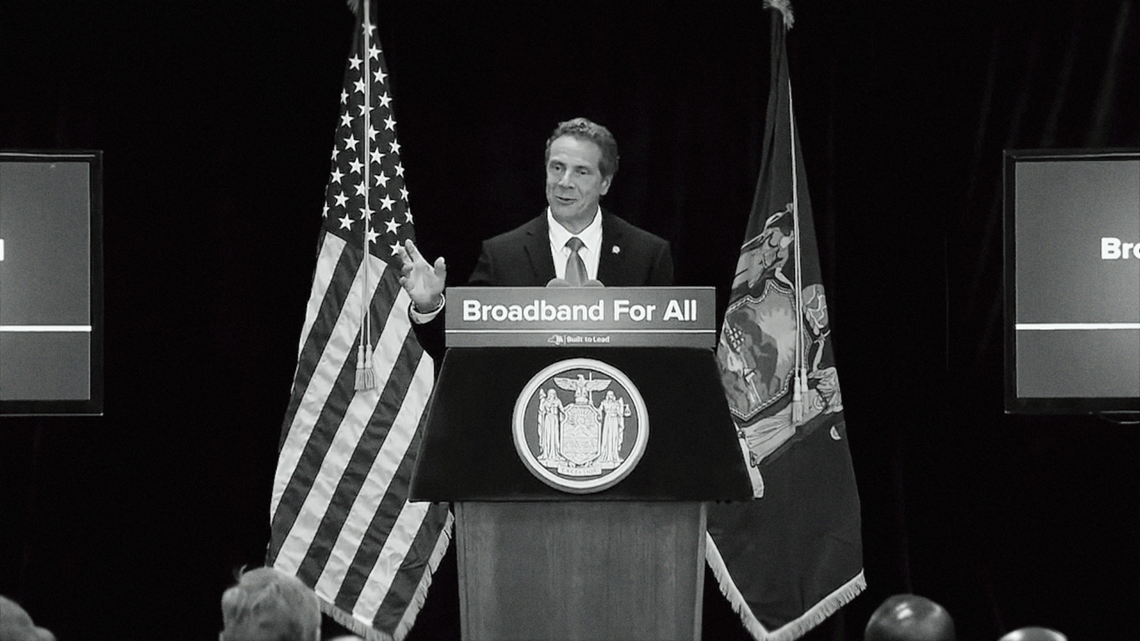
"I understand the money piece, I understand the constraints of the companies, but the problem is the kids are the ones that are suffering right now, " Booth said. "I'm seeing it play out on a daily basis."
2 On Your Side reached out to the state education department to try and ask them questions about this issue, they wouldn’t return our calls or sit down for an interview.
If you have story idea about broadband service or the digital gap you can email broadband@wgrz.com

